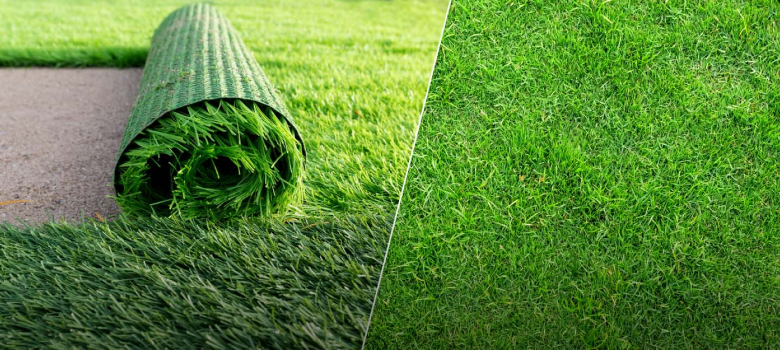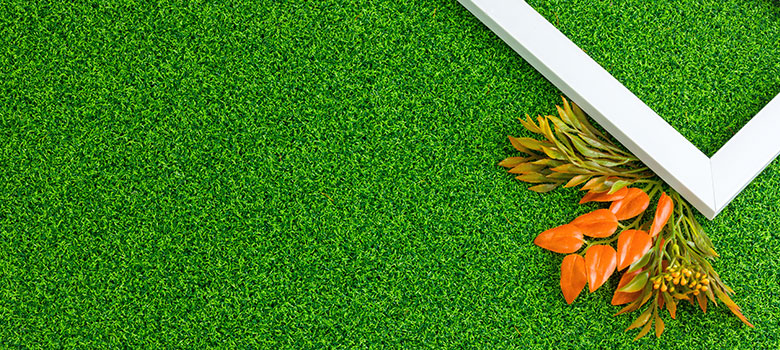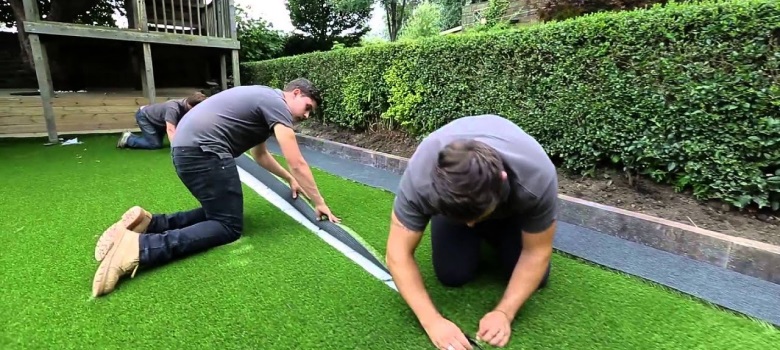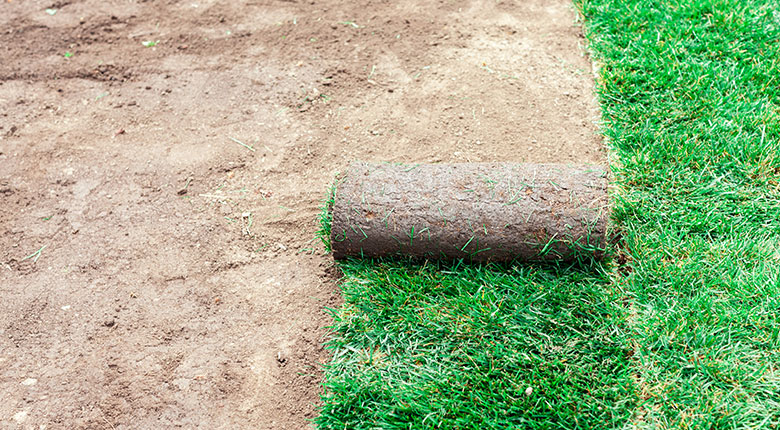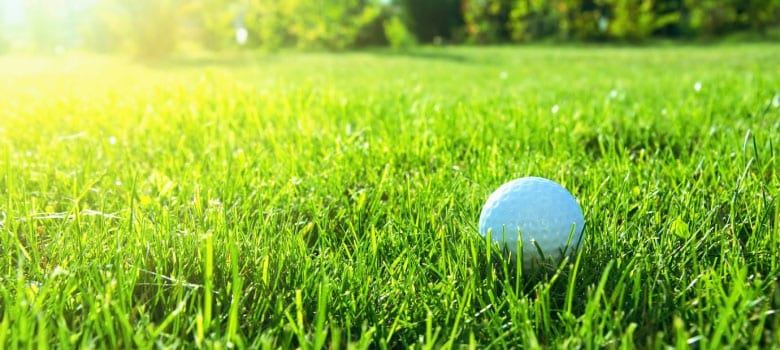The thunderous cheers of the crowd, the adrenaline-pumping action on the field, and the camaraderie among players—sports bring people together and create unforgettable moments.
But whether you’re watching your kids run around on the weekend, or responsible for a commercial sporting field, you might also have questions about the surface underfoot.
When it comes to surface options, the choice comes down to natural grass and artificial turf.
When comparing both options, understanding the nuances between these two options is important. To help you make an informed decision, we’ve broken down some of the similarities and differences between artificial turf and natural grass.
Material Composition
The most obvious distinction between turf and grass fields lies in what they’re made from.
Natural grass fields are composed of living grass plants rooted in the soil. These fields require regular maintenance, including mowing, watering, fertilising, and pest control to keep the grass healthy and the surface playable.
Artificial turf is a synthetic surface made from various materials such as plastic, rubber, and fibre. The turf blades are designed to mimic natural grass, and the surface usually rests on a foundation of compacted gravel and sand, with a layer of rubber infill to provide cushioning and support.
Maintenance Requirements
Maintenance is a crucial factor in determining the suitability of a field for sports and recreational activities.
Natural grass fields demand ongoing care, including mowing at appropriate heights, irrigation to ensure proper hydration, and treatment to prevent diseases and pests. The maintenance workload can vary based on factors such as climate, soil type, and level of use. While well-maintained natural grass provides a lush and aesthetically pleasing surface, it requires regular attention and can become problematic in areas with heavy foot traffic.
Artificial turf, on the other hand, requires less maintenance in terms of mowing and irrigation. However, regular grooming is necessary to maintain the integrity of the surface and prevent the infill materials from compacting and becoming uneven.
Additionally, periodic cleaning and disinfection are crucial to prevent bacterial growth. While artificial turf may save time on certain aspects of maintenance, it comes with its own set of tasks to ensure its longevity and safety.
Durability and Usage
The durability of the playing surface is a significant consideration, particularly for high-impact sports like soccer, ootball, AFL, and plenty more.
Natural grass fields can suffer from wear and tear, especially in areas where players frequently change direction or make sudden stops. Intense use, adverse weather conditions, and improper maintenance can lead to patches of bare soil and uneven surfaces.
Artificial turf is designed to withstand heavy usage and inclement weather conditions more effectively. It provides a consistent playing surface that can endure multiple matches and practices without showing significant signs of deterioration.
Environmental Impact
Natural grass fields contribute positively to the environment by absorbing carbon dioxide, producing oxygen, and promoting soil health. However, maintaining these fields often requires the use of fertilisers, pesticides, and significant water resources, which can have environmental implications.
Artificial turf eliminates the need for constant watering and mowing with some modern turf systems designed with eco-friendly materials and improved drainage which means less work for you and less need for water resources.
Playability and Performance
Playability and performance are critical factors in sports that require precise movements, ball control, and overall player comfort.
Natural grass fields can seem like they provide a softer and more forgiving surface which reduces the risk of abrasions and impact-related injuries. The natural give of grass underfoot can enhance player traction and reduce stress on joints, making it a preferred choice for sports like soccer and field hockey.
Artificial turf fields, on the other hand, are engineered to replicate the feel of natural grass. With advancements in technology, modern synthetic surfaces can offer the same performance – and sometimes enhances performance – compared to real grass.
Aesthetics and Visual Appeal
Natural grass fields offer a picturesque and timeless look that many sports enthusiasts associate with outdoor activities. The changing shades of green and the natural texture of grass can enhance the overall ambiance of a sports facility.
Artificial turf fields have come a long way in replicating the appearance of real grass. Modern turf systems often include different shades of green, along with textured blades that resemble natural grass. While the appearance might not be exactly the same as real grass, it offers a consistent and well-maintained look throughout the year, regardless of weather conditions.
Initial Investment and Long-Term Costs
Natural grass fields typically require lower initial installation costs, as the primary investment involves preparing the soil and seeding or laying sod. However, the ongoing costs of maintenance, including water, fertilisers, and labour, can add up over time.
Artificial turf fields require a higher upfront investment due to the cost of materials, installation, and infill. However, their reduced maintenance requirements can lead to long-term savings. It’s important to conduct a thorough cost analysis that takes into account factors such as lifespan, maintenance, and potential replacement to determine the most financially viable option for the specific situation.
Climate Considerationsa
Natural grass fields thrive in areas with temperate climates and ample sunlight. They might struggle in regions with extreme temperatures, limited sunlight, or heavy rainfall.
Artificial turf fields are more adaptable to a range of climates. They can withstand hot and dry conditions as well as periods of heavy rain without turning into mud pits.
In Conclusion: Making the Right Choice
The choice between turf and grass fields isn’t a one-size-fits-all decision.
Each option has its own set of advantages and disadvantages that need to be carefully considered based on the unique needs of the sports facility, the types of sports played, the local climate, and budget constraints. While natural grass offers a classic and environmentally friendly option that requires ongoing care, artificial turf provides a durable and low-maintenance alternative with modern options able to closely mimic the look and feal of natural grass.
Consider the long-term implications for playability, maintenance, aesthetics, and environmental impact. By making an informed choice, you can create a playing surface that enhances sports experiences and contributes positively to the overall well-being of athletes and the community.
Get Only the Very Best Artificial Grass From Evergreen Synthetic Grass
Evergreen Synthetics has over 24 years of experience providing synthetic turf to customers throughout Perth and Western Australia.
We also guarantee all of our installations so you never have to worry about the quality or longevity of your selected turf.
To get started with your project, just call us on 08 9303 2130 or request a free quote online.

